How To: Build A Backyard Habitat
April is National Lawn and Garden month, and Busch Gardens® Williamsburg is committed to conservation and caring for the natural world in its park and beyond. During this unprecedented time, families are staying close to home and may be looking for outdoor inspiration. The world’s most beautiful theme park and The National Wildlife Federation are providing some tips for nurturing a backyard habitat.
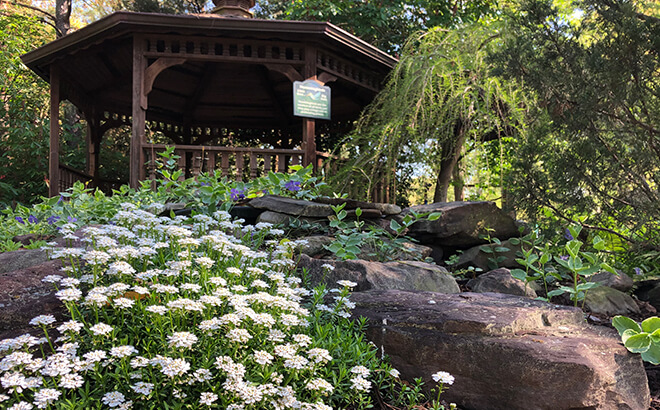
For several years, the landscape team at Busch Gardens has maintained a habitat garden that provides the four basic needs for the survival of wildlife: food, water, shelter and a place to raise young. The habitat garden at Busch Gardens is located in the park adjacent to the Lorikeet Glen Aviary. Signs placed throughout the garden share helpful tips with park guests that provide the necessities for their own backyards.
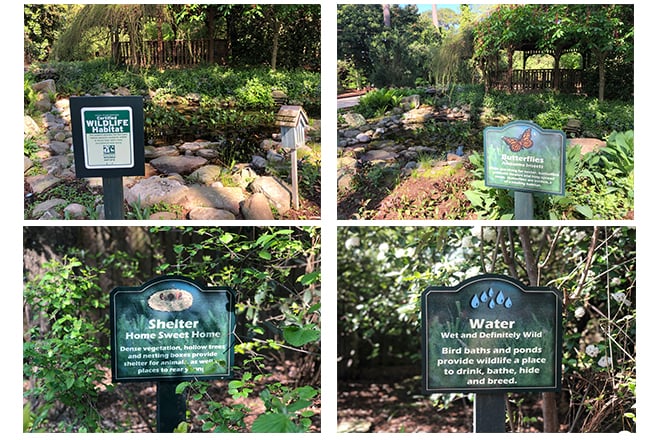
“Well-manicured yards can be hard on wildlife for a variety of reasons. A habitat garden offers wildlife, from butterflies to birds, a place to thrive,” said Jason Ingram, landscape leader at Busch Gardens.
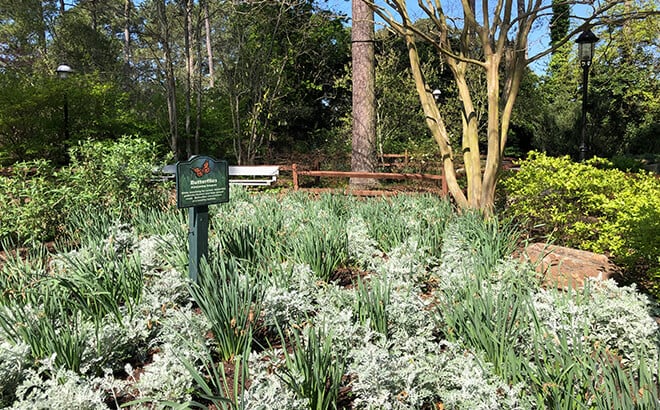
Habitat gardens feature plants that would normally grow on their own in the area, and because they are Native, they typically require less watering. Most of the plants in habitat gardens are perennials that grow back each year and are grown without the use of pesticides.

Bird baths and ponds provide places to drink, bathe, hide and breed. Animals use hollow trees and nesting boxes for shelter and as a place to nurture their young. And native plants sprout the fruits, seeds and berries that become food for a variety of animals.
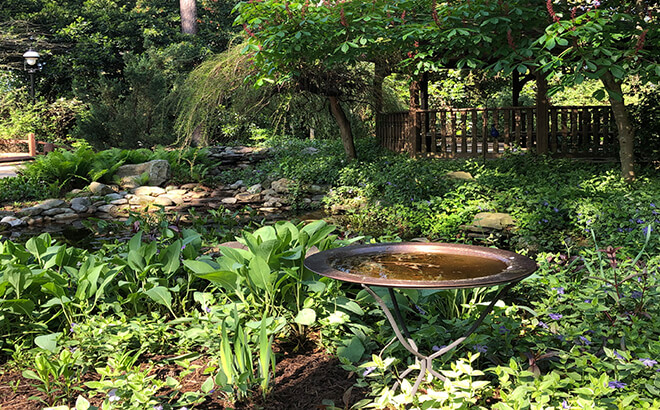
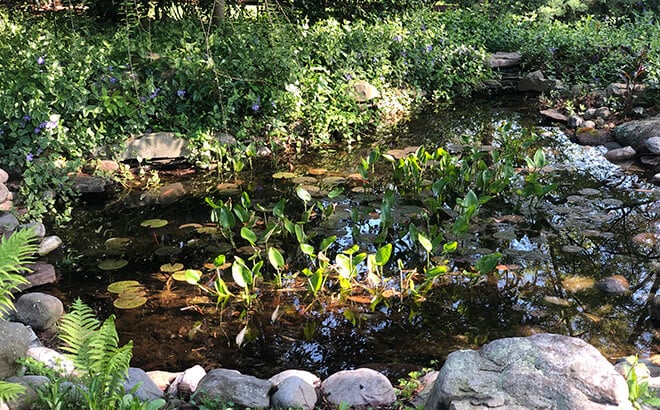
The National Wildlife Federation offers multiple resources that can help start a backyard habitat. Here are a few tips:
- Modify existing landscape to create a new garden area planted specifically for the benefit of wildlife. In established landscapes, add wildlife friendly plants wherever possible.
- Provide four basic elements needed to sustain Native wildlife - food, shelter, water and nesting places.
- Plant a few evergreens for cover, install a birdbath for clean water and add a few plants that provide berries for food.
- Add a few tubular blooming plants for hummingbirds, especially red bloomers and few flat, shallow bloomers for butterflies.
- Utilize a combination of evergreens, deciduous trees, perennials, grasses and vines.
- Add bird houses, bird baths, a water feature, a bat house, a compost bin and even a snag (dead tree) for woodpeckers.
- Forfeit the use of pesticides.
- Certify the area as an official backyard habitat by the National Wildlife Federation.
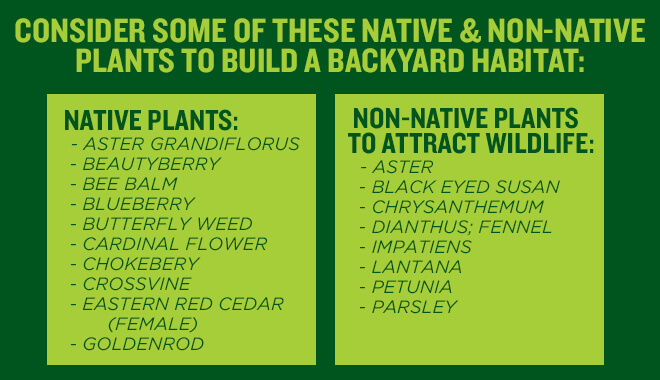
Be sure to stay in the loop with everything happening at Busch Gardens Williamsburg by following us on Facebook, Instagram Busch Gardens Williamsburg Blog.


